Last Thursday was an exquisitely beautiful day, and I sensed it would be not good for my spirit to just sit inside and ruminate. There was one walking path I had not established as yet- a pedestrian route to Yavapai College and the VA Hospital. So, there was my Thursday afternoon plan!
The “single-step” in this jaunt was a walk along North Arizona Avenue, past the Arizona Softball Hall of Fame, and the Smoki Museum, which has, as its mission, the preservation of Native American culture. As such, the buildings are constructed of native stone, with extended beams, in the Pueblo style of construction.
The first photo is of the Smoki; the second, of the Hall of Fame.
I crossed Sheldon Street a few minutes later, and entered the Yavapai College Sculpture Garden. The community college has grown mightily over the past several years, but the Garden remains a focal point for meditation and serenity.
Here is “Community Gothic”, by Richard Marcusen.
Water is a key element in the garden’s central piece, “The Gathering”, by Gary Slater.
Alternative energy gets a pitch here, with these avant-garde windmills.
The north side of the college Library has been tapped for this interesting panel.
Across the dry creek bed, the roof tops of old Fort Whipple peek out.
Having reached the northern edge of the College grounds, I continued on into Rough Rider Park, where there is a short bike and hike trail, leading to the grounds of Prescott Veterans Administration Hospital. This is a good trail for me, as I visit the patients of the Community Living Center there, once a month. Now, I won’t need to drive there every time.
On the way, an old rail bridge caught my eye, at the edge of Prescott-Yavapai Indian Reservation.
An extra feature of the Hospital is the preservation of Fort Whipple, an old Army post of Prescott’s formative years. I first went in the Museum, which is open Thursday, Friday and Saturday, from 10-4.
Below, is the chair used by General George Crook, one of the more successful commanders at maintaining a semblance of peace in the Southwest, during the period of unrest among the Apache.
After looking about the museum for about an hour, I walked past the preserved old barracks. The row of old houses, some still occupied by VA workers, cries out for restoration.
Having come full circle, I walked back to Yavapai College, which along with some parts of the Yavapai Reservation,and Rough Rider Park, was taken form land occupied by Fort Whipple. The trailhead to Rough Rider greeted me, as i walked through the gate.
So, knowing three or four more spots to walk and meditate on a slow day- or a rough one, I am that much more settled into my near-downtown neighbourhood.
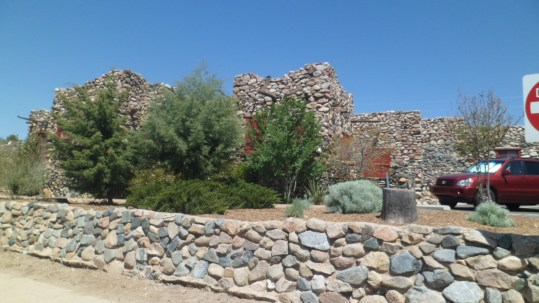




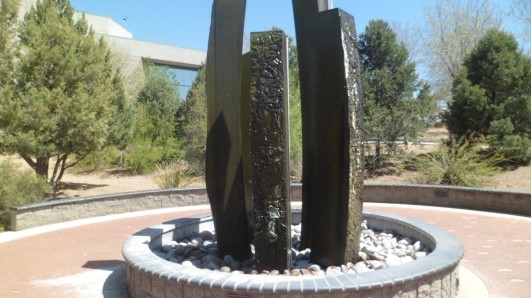





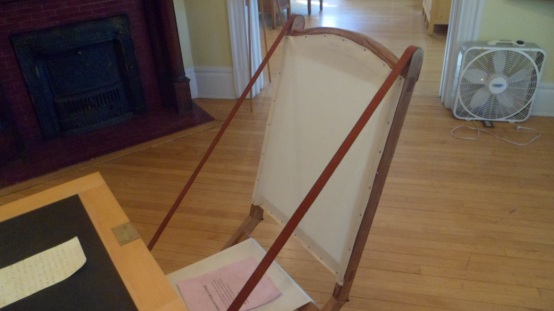


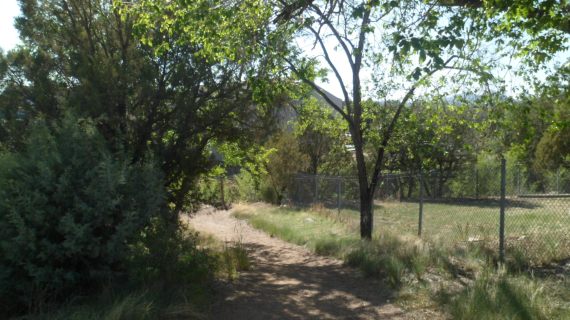


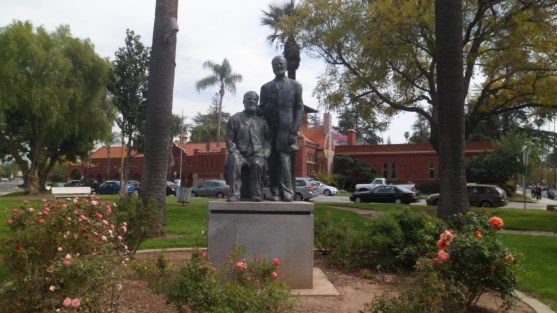
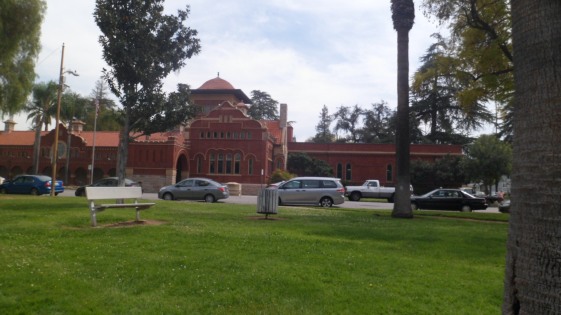


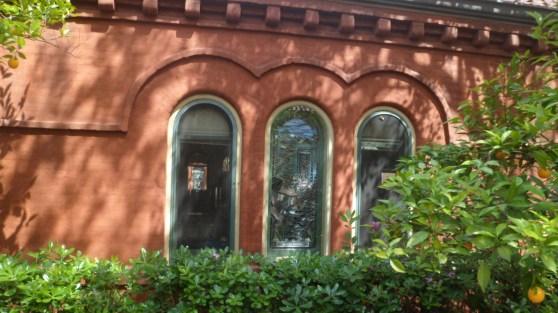







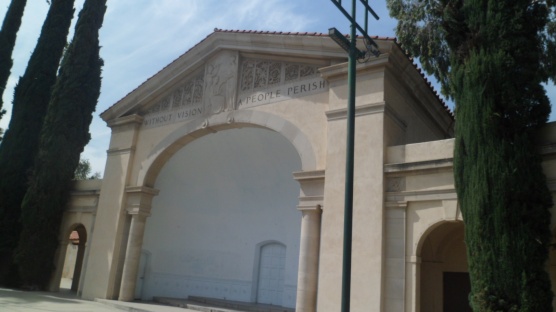
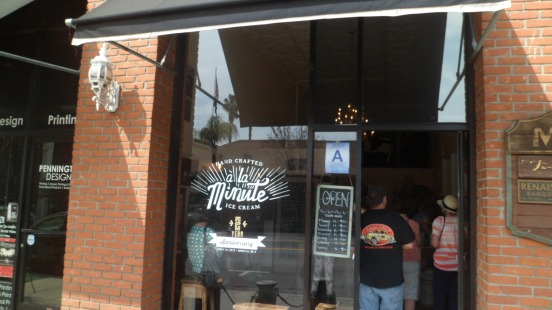
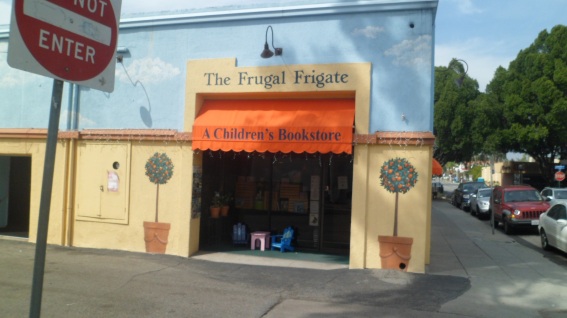






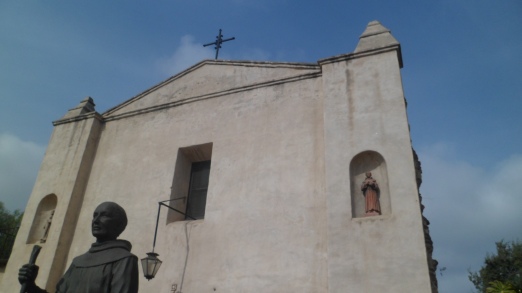
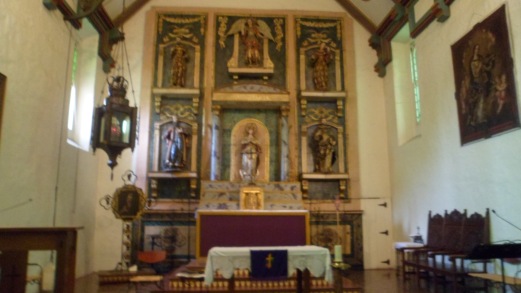











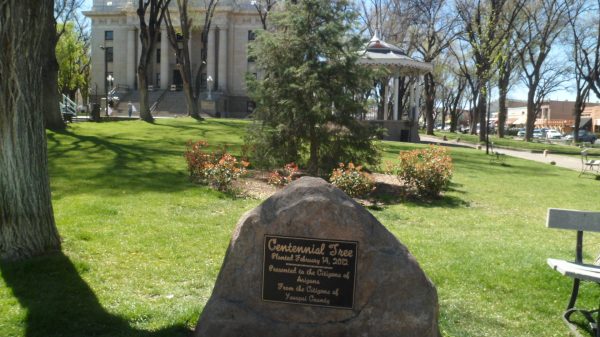

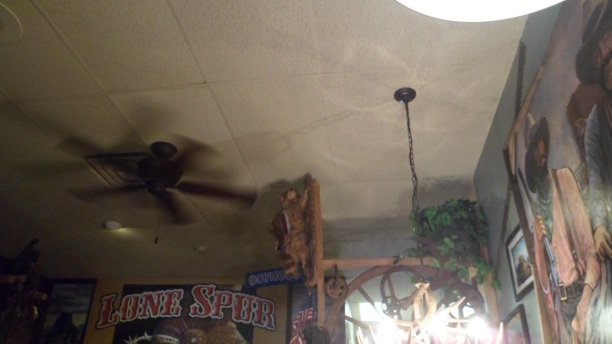
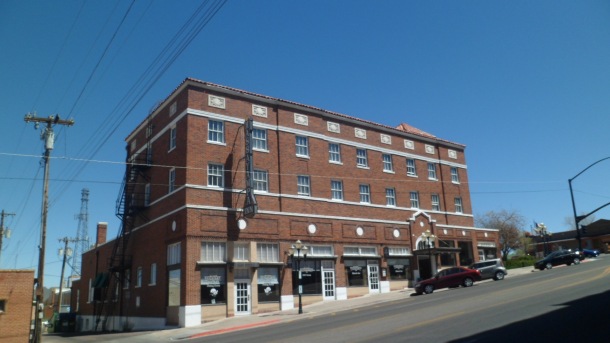

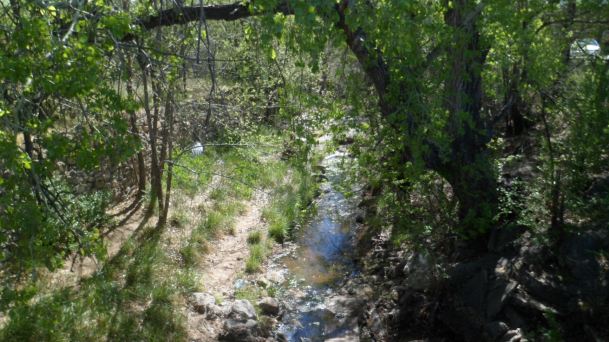


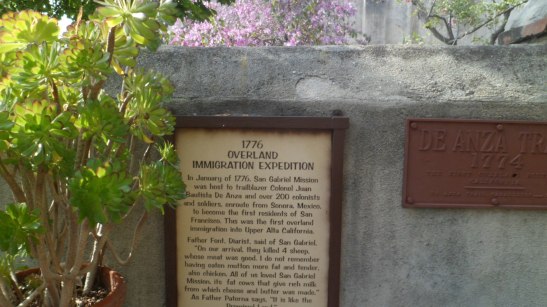
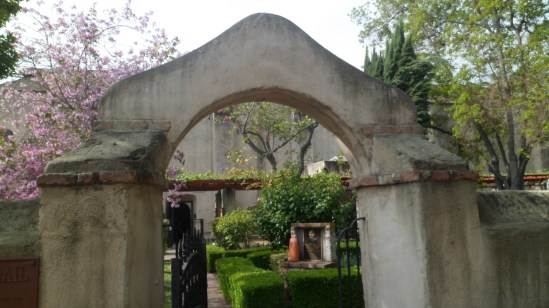



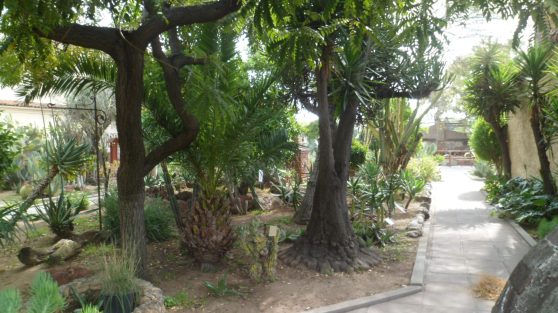
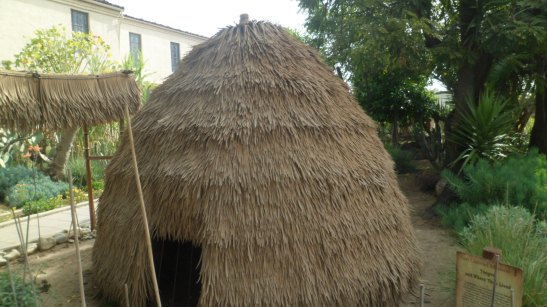










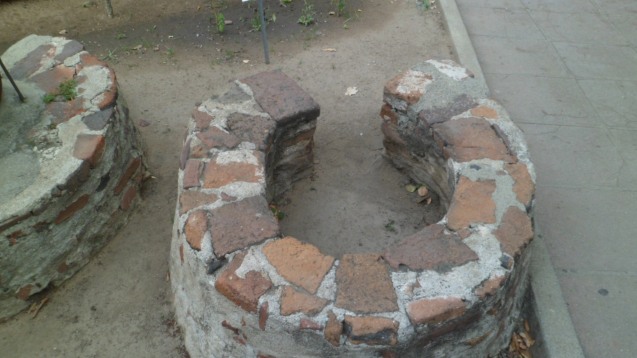


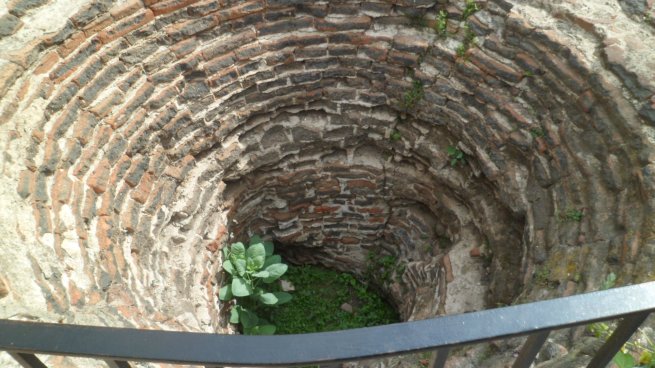

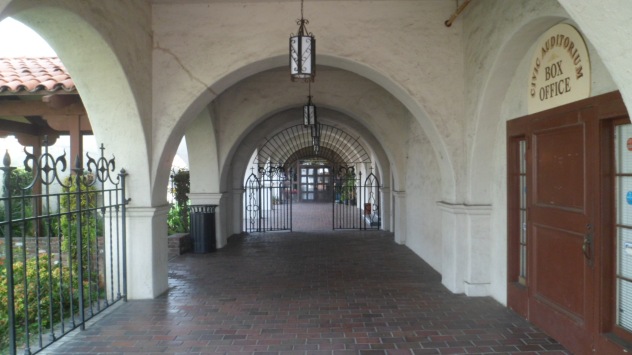



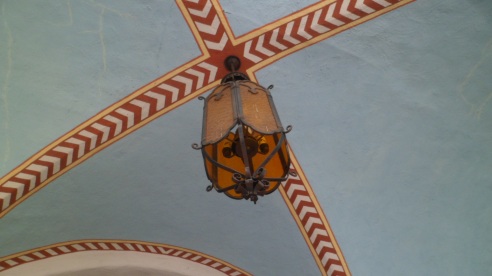
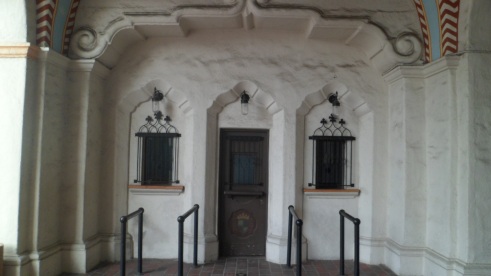












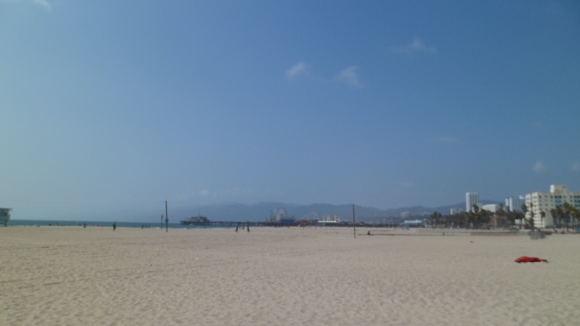
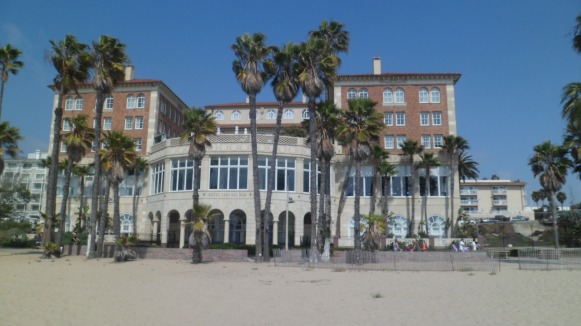

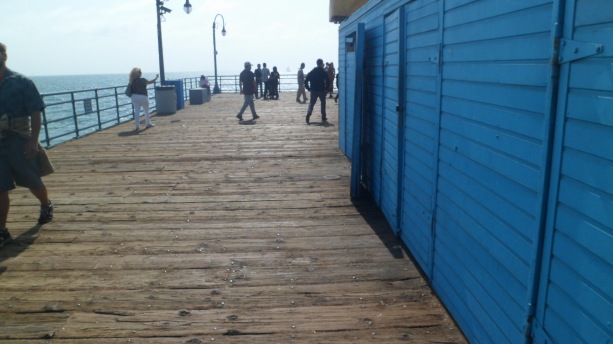
















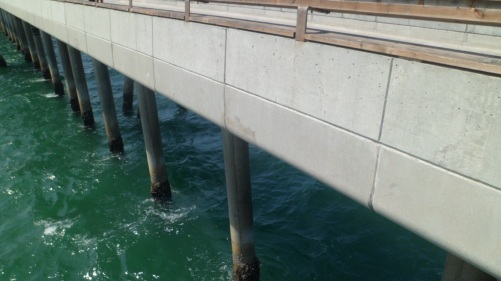

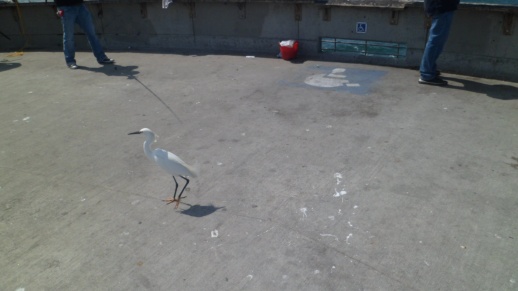
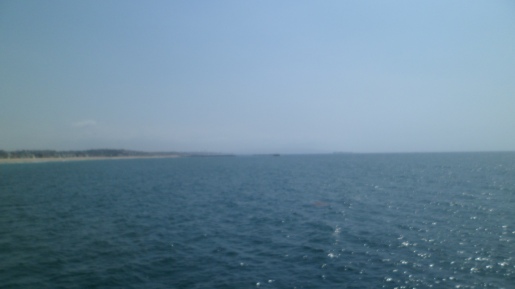


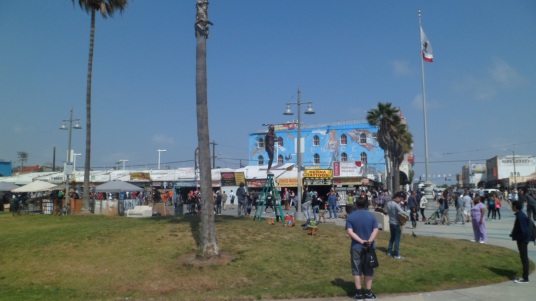




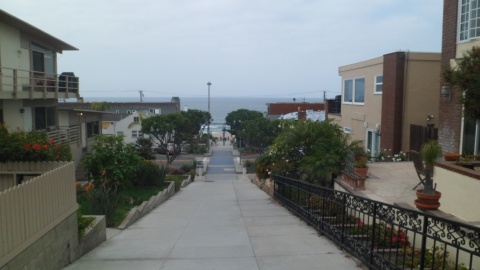
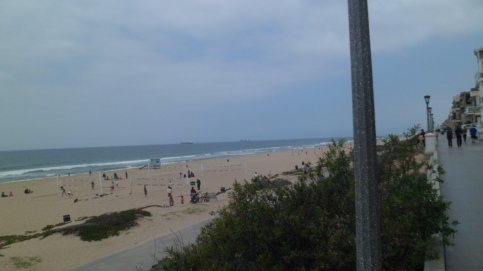
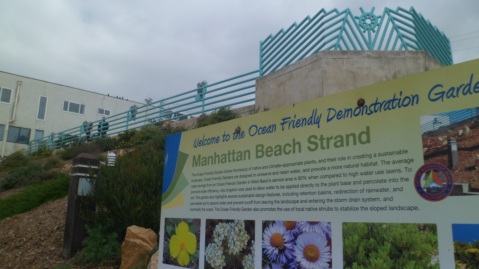



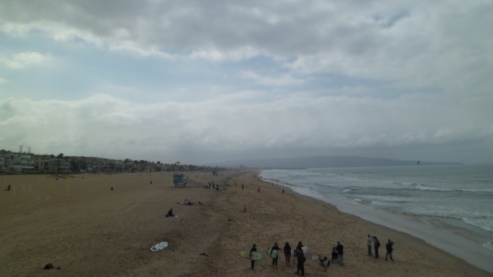



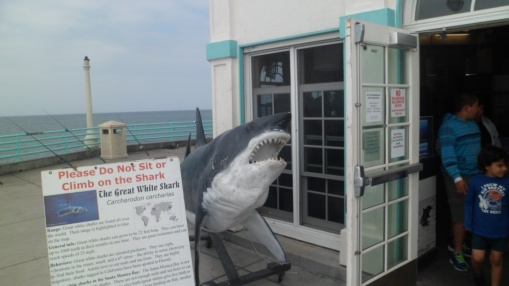


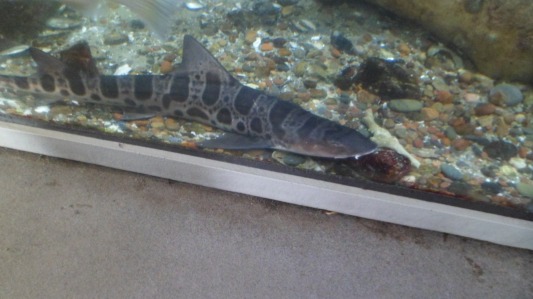

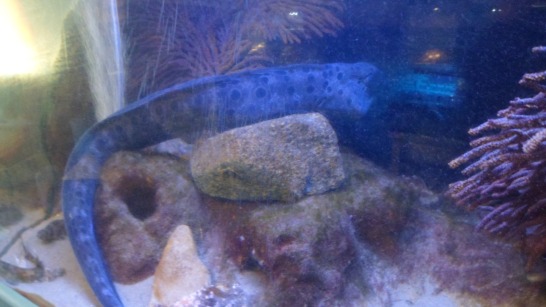
Recent Comments